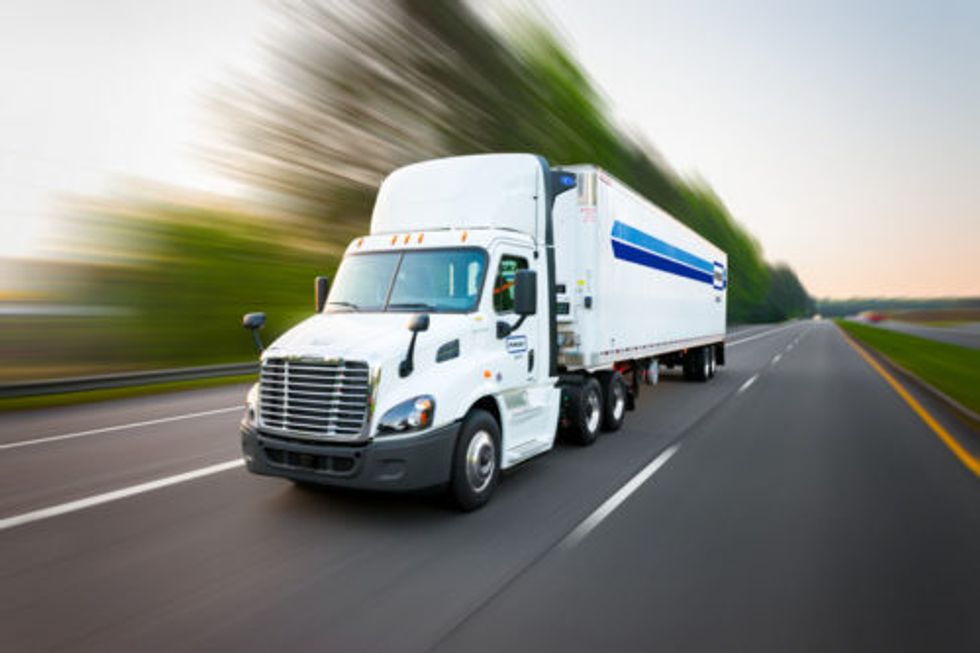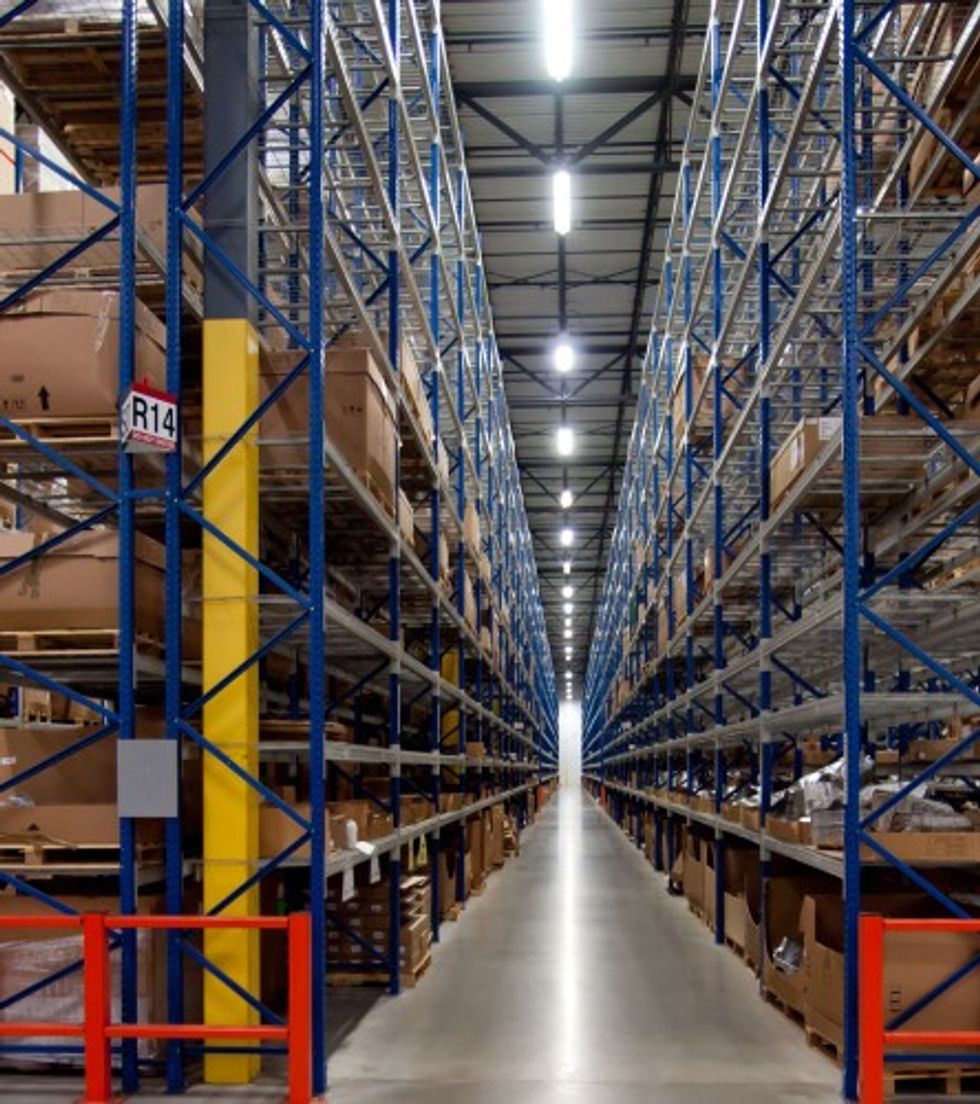Stay Current on Snow and Ice Removal Laws
As winter weather comes calling, drivers in certain regions of the country are bound to have snow and ice buildup on their vehicles. Not only can that snow and ice dislodge during transit, damaging vehicles or injuring drivers, it can also mean drivers may face state fines.
While not every state has regulations addressing snow and ice, several do, and staying current on them is the responsibility of both carriers and drivers.
New Jersey has one of the stricter laws concerning snow and ice, requiring drivers to completely clear their vehicles of snow and ice before taking to the roadways. Commercial vehicles violating the law face fines of up to $1,500. A portion of the fines will be used to finance the installation of more roadside snow-removal equipment. New Jersey has said it will not ticket professional drivers who can demonstrate they are traveling to a snow-removal station.
Drivers in Pennsylvania also must remove snow and ice from their vehicles before hitting the highways. They face severe fines of up to $1,500 if snow or ice they failed to clear from their vehicle causes injury or death to another person. Connecticut has a similar law, and in the state of New York, it's illegal to drive with snow or ice obstructing your view.
Those in the trucking industry are well aware of the safety issues that surround snow and ice removal. What’s more, drivers cannot be required to climb on top of their rigs to remove snow without violating worker-safety provisions.
Drivers have reported using truck washes to loosen and remove snow and ice. Herbert Mayo, vice president of risk control for Lockton Companies, a national insurance broker, advises drivers to wait until later in the day to try to clear vehicles, if possible, as the sun will warm the trailer and the ice will slide off more easily.
“Don’t forget [the] buildup of ice and snow behind the tires on the mud flaps/wheel wells. This can be just as dangerous, as it is typically a large ball. It forms from the spray and is more frequent than ice on the roof,” Mayo said.
Laws in other parts of the country don’t require drivers to clear snow from the top of their rigs, but drivers still need to ensure good visibility and, if possible, remove as much ice as they can.
In Alaska, snow and ice may not obscure windshield visibility, and law enforcement officers in Georgia, Iowa, Michigan and Nebraska may issue citations if a vehicle is considered a danger.
In New Hampshire, officers may issue citations under negligence for snow and ice falling from a vehicle, and officers in Washington, D.C., may stop a motorist for traveling with accumulated snow and ice.
In Massachusetts, the Massachusetts Turnpike Authority can prohibit vehicles from using the roadway if debris, including snow or ice, could fall from the vehicle and “endanger individuals or property.” In addition, Massachusetts Turnpike Police have the authority to fine drivers for failing to clear vehicles.
For more information, visit Quick Tips To Improve Uptime in Winter Months. Snow and ice removal laws for specific states can be found by searching the Department of Transportation websites for each state.
By “Move Ahead” Staff
Originally published on January 3, 2012. Updated in October 2025.

 Along with the seedling delivery, DTNA and Penske Truck Leasing made a joint $50,000 donation to
Along with the seedling delivery, DTNA and Penske Truck Leasing made a joint $50,000 donation to 
 “Compliance across all areas is one of our top priorities,” said Aaron Henderson, Penske’s vice president of loss prevention and food safety. “As a mover of food product, we have to make sure our associates – from drivers to warehouse workers – are properly trained and educated on our compliance processes.”
“Compliance across all areas is one of our top priorities,” said Aaron Henderson, Penske’s vice president of loss prevention and food safety. “As a mover of food product, we have to make sure our associates – from drivers to warehouse workers – are properly trained and educated on our compliance processes.” Penske Logistics is a recipient of the 2018 Freight Carrier Excellence Award from the United States Environmental Protection Agency’s (EPA) SmartWay program. SmartWay Director Cheryl Bynum (left) is posing with Penske's Senior Manager of Fuel Services Virind Gujral.
Penske Logistics is a recipient of the 2018 Freight Carrier Excellence Award from the United States Environmental Protection Agency’s (EPA) SmartWay program. SmartWay Director Cheryl Bynum (left) is posing with Penske's Senior Manager of Fuel Services Virind Gujral.
 According to the conference, there will be in excess of 3,500 attendees, which includes over 650 fleet operators and over 125 industry speakers.
According to the conference, there will be in excess of 3,500 attendees, which includes over 650 fleet operators and over 125 industry speakers. Penske senior vice president Drew Cullen, second from left, speaking on the stage at a previous ACT Expo event.
Penske senior vice president Drew Cullen, second from left, speaking on the stage at a previous ACT Expo event.



 With individual loads, ClearChain can drill down to the part-level details so people within the supply chain can see what is being shipped, where it is, compare the quantity ordered to the actual number that shipped, and track and trace loads to monitor their status. Penske also can configure ClearChain so customers receive real-time notifications related to loads, such as when a load is picked up, enters a certain geographical area or is delayed. The end user can choose an alert preference—email or text. This will allow the warehouse to be ready when a load arrives.
With individual loads, ClearChain can drill down to the part-level details so people within the supply chain can see what is being shipped, where it is, compare the quantity ordered to the actual number that shipped, and track and trace loads to monitor their status. Penske also can configure ClearChain so customers receive real-time notifications related to loads, such as when a load is picked up, enters a certain geographical area or is delayed. The end user can choose an alert preference—email or text. This will allow the warehouse to be ready when a load arrives.